Trapping using food-based lures of hens’ eggs and rabbit meat, with long-life rabbit is the main stoat control method in New Zealand. But stoats vary in their food preferences and if food is plentiful in their environment, they just may not be that interested.
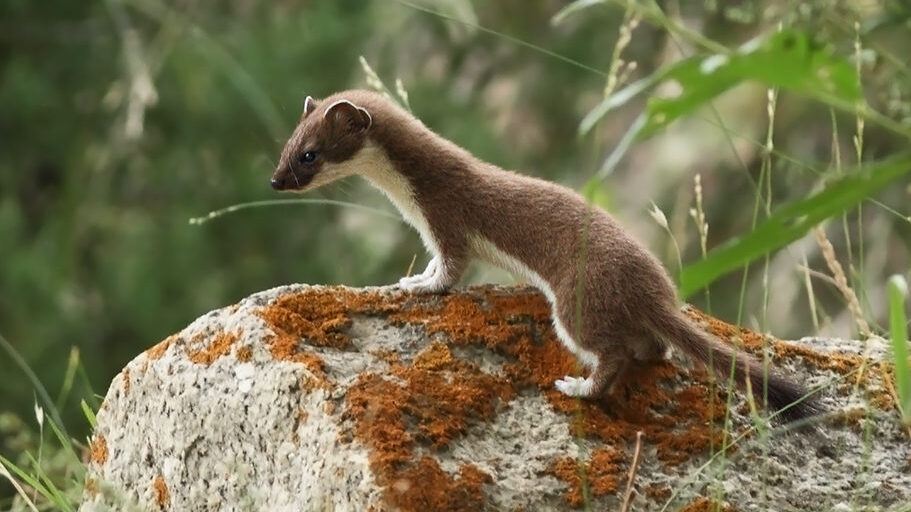
Elaine Murphy of the Department of Pest Management and Conservation at Lincoln University and research colleagues have been investigating potential non-food lures for stoats that might tempt the trap-shy and those that simply aren’t that hungry.
“Fertile female stoats pose the greatest threat to predator-free areas, potentially carrying blastocysts in the uterus year-round and these pregnant females are considered to be the most difficult to catch. A limitation for using rabbit as a trap lure is that while rabbit can be the major component of stoat diet in open habitats, it is less frequently consumed in podocarp and beech forest habitats. Thus, rabbit may not be a learnt food if stoats, like ferrets, use olfaction early in life to imprint on prey species.”
Egg baits also have their limitations. It’s been found that female stoats consumed them less than male stoats in captive trials, and other researchers observed that captive female stoats did not interact with whole eggs or eat cracked egg contents.
“A more attractive lure than a whole egg or rabbit is needed, especially to trap female stoats. Not only are there sex differences in attractiveness to baits, but also individuality in prey preferences and behaviour can also mean that a one-size-fits-all approach to monitoring and trapping will not target all stoats adequately.”
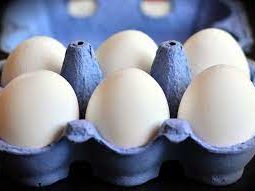
Stoats prey on birds, reptiles and invertebrates in forest and alpine habitats, on shorelines, in riverbeds, and in wetlands. Their swimming ability also means that many offshore predatorfree islands are within their range and one major issue with stoat trapping is that not all stoats enter traps.
“Over time, there may also be a decline in the effectiveness of trapping programmes—long-term trapping operations in one location may select for untrappable stoats that need to be controlled by other techniques, such as poisoning.”
Recent innovations such as tunnels that squirt toxins onto body fur and ‘virtual barriers’ could also benefit from effective long-life species-specific lures, write the researchers.
“Non-food lures could be effective when attempting to detect individuals within a low-density population, when there is little competition for food. Monitoring and responding to island incursions is such a situation; social odours may be of particular interest to lone invaders when food-based lures may not be as attractive.”
So what are social odours?
“One approach to overcoming the limitations of food-based lures is to exploit natural odours used by the target species for communication. Stoats have a solitary lifestyle, defending intrasexual territories in the non-breeding season, and searching out mates in the breeding season. They use scent from both anal and skin glands to mediate interactions between neighbours and strangers. Scent marking is performed more by dominant than subordinate individuals but equally by males and females.”
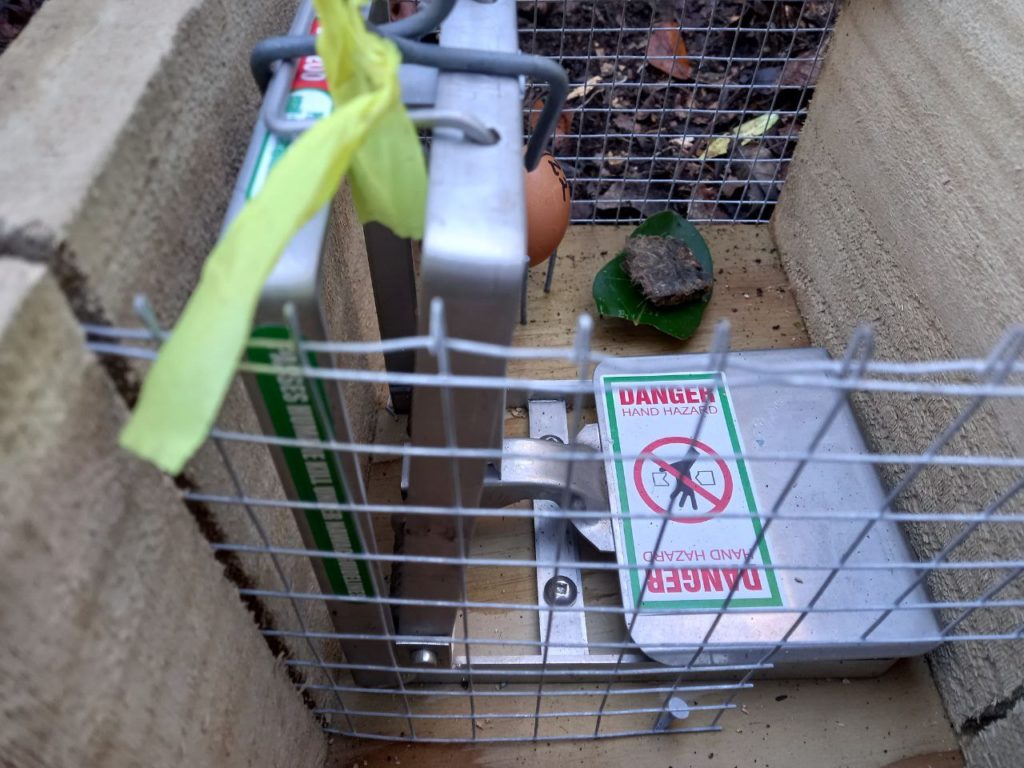
Elaine Murphy et al have been investigation the potential of mustelid scent lures for a number of years.
“Preliminary work on mustelid scent lures focused on the highly odiferous sulphur-containing anal gland secretions. While these odours were effective in attracting ferrets and stoats, synthetic lures made from the active ingredients were less attractive to stoats than to ferrets, and trials were discontinued.”
So what else is odiferous?
“Urine, faeces and other body odours are also potential sources of semiochemicals for mustelids. Mustelids have skin glands that are potential sources of odours laid down as scent marks by body rubbing. These odours may carry information about the sex and breeding status of the scent marker, making these materials potentially attractive odours for conspecifics.”
There has already been some success using mustelid scents as a lure. An invasive male stoat on Kapiti Island was caught in a trap in February 2011 containing the bedding material from an oestrous captive female stoat.
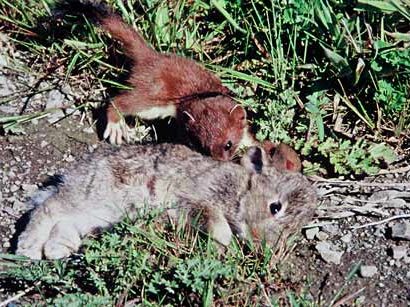
“The scent marks are often associated with agonistic encounters and could act as a threat signal, indicating the close proximity of the scent marker. However, it is to the advantage of subordinate individuals to ‘eavesdrop’ on the scent communication of dominant individuals or species to determine the freshness and identity of the scent, and thus assess the risk of encounter.”
Thus the researchers expected stoats to respond positively to the scents from glands of both male and female conspecifics and to approach the scent of larger predators as well as prey species. They put their hypothesis to the test.
“One source of a range of these potential lure compounds is the bedding materials found in dens of free-living or captive animals. The current study reports on a series of captive animal trials to assess the relative attractiveness to stoats of mustelid bedding material odours, supplemented by field trials to test their attractiveness relative to both rabbit- and egg-based lures.”
A series of trials were conducted with wild-caught stoats housed individually in outdoor pens.
“In the first trial, 4 female and 4 male stoats were presented the urine and scats of an oestrous female stoat in November and December. In Trial 2, bedding odours of an oestrous female stoat were presented (a) to 5 female and 6 male stoats during the breeding season (November–February) and (b) to 3 females and 5 males in the non-breeding season (March–June). Different stoats were used in the two seasons. In Trial 3, 8 female and 6 male stoats were given the choice of bedding odours from an oestrous female stoat and those from a female ferret (collected in February, but the state of oestrus not confirmed).”
Several field trials were also carried out in Abel Tasman National Park, Nelson Lakes National Park and in the Coromandel.
“Stoat bedding lure was tested as part of a restoration project in Abel Tasman National Park. A trap line along the coastal section of the park was alternately lured with either oestrous female stoat bedding lure or a dried rabbit meat block formulation. The trap stations were spaced 200 m apart and contained two DOC 150 stoat traps within a wooden tunnel. The traps were serviced (checked, captures removed, lures replaced, and traps re-set) once a month between April and August (4 checks).”
In total, there were 66 stations treated with stoat bedding and 66 containing dried rabbit. Because most of the captured animals were well decayed by the time the traps were cleared, only species and not the sex of the captures was recorded.

“A field trial to compare the trapping success of oestrus stoat bedding and dried rabbit lures was conducted over two years in Nelson Lakes National Park as part of the Rotoiti Nature Recovery Project. Nine trapping lines at Big Bush comprising a total of 308 traps placed 100 m apart were used from August 2016 to June 2018. For the first 8 months of the trial (August 2016 to mid-March 2017), traps were lured with either dried rabbit, or a combination of dried rabbit and oestrous female stoat bedding lure. From mid-March 2017 to June 2018, the lures compared were dried rabbit versus oestrous stoat bedding lure on its own. The lures were placed at the back of DOC 200 and DOC 250 single-set trap boxes. The treatments were alternated along the trap lines or between pairs of the same type of trap. The lines were checked, and the lures were refreshed monthly.”
Once again, captured animals were recorded only by species.
“The Coromandel Kiwi Project team ran a 2-stage trial between August 2016 and March 2019 using their network of DOC 200 traps in wooden tunnels in and around Coromandel township. Eleven trap lines were used, with tunnels spaced at 150–200 m intervals. In Stage 1 (6 months), half the traps were lured with male stoat bedding odour on a Dacron square (provided from Lincoln University) inside a paper tea filter bag plus either dried rabbit or a single hen egg. The alternate traps contained either the dried rabbit or hen egg lure, depending on the monthly lure regime and varied among lines. In Stage 2 (2 years), the male stoat bedding lure was tested on its own against either dried rabbit or a hen egg.”
There were 78 bedding lure treatment trap sites and 85 food-lured trap sites, with each trap checked monthly by volunteers. Additional opportunistic checks occurred when a member of the public reported that a tunnel contained a capture.
In the captive animal trials, stoats responded to the odour stations by approaching the stake, typically sniffing at the base and then standing on their back legs to sniff directly with the nose touching the lure dispenser.
“Stoats approached and spent significantly more time sniffing stoat urine and scats and bedding from oestrous female stoats than a non-treatment control. The bedding odours were attractive in both the breeding and the non-breeding season. Stoats also spent significantly more time sniffing oestrous stoat bedding than female ferret bedding, but the ferret odour also produced a significant response by stoats.”
Field trial results indicated that social lures can work just as well as food lures for attracting stoats to traps.
“In the field trials, there were no significant differences between the number of stoats caught with food lures (long-life rabbit or hen eggs) compared with oestrous female or male stoat bedding lures. These results indicate the potential of both stoat bedding odour and the scent of another mustelid species as stoat trapping lures that likely act as a general odour attractant rather than a specific chemical signal of oestrus.”
In the Abel Tasman Trial, the catch rate of stoats on the oestrous female stoat bedding lure was more than double that of the dried rabbit lure but the difference was not statistically significant. Significantly more rats were caught on dried rabbit than the oestrous bedding lure.

In the first stage of the Rotoiti Trial, similar numbers of stoats were caught on dried rabbit alone and on dried rabbit + oestrous stoat bedding lure. In the second stage, testing the bedding lure on its own versus the dried rabbit lure, again there was no significant difference in the number of stoats caught.
The Coromandel Trial tested male stoat bedding lure against dried rabbit and egg lures.
“In Stage 1, adding the male stoat bedding odour did not significantly affect the number of stoats caught with dried rabbit lure. The number of stoats caught on egg lure in Stage 1 also did not vary significantly with the male stoat bedding lure or without it. In Stage 2, again there was no significant difference between the number of stoats caught on the male stoat bedding lure or dried rabbit, nor between the male stoat bedding lure and egg. Two ferrets were caught, one in Stage 1 on the dried rabbit/stoat odour lure and the other in Stage 2 on the stoat lure. Only three weasels were caught in Stage 1 and 22 in Stage 2. They did not show any preference for or avoidance of the stoat lure treatments.”
So social lures look to have definite potential.
“In both captive and field trials, the results described here have repeatedly demonstrated the potential for bedding odours as lures for stoats. The trials on captive animals showed that both male and female stoats would spend time investigating the scent of conspecifics, in both the breeding season and the non-breeding season.”
“Because the female scent used was always from animals in oestrus, it is possible that the male stoats were responding to an oestrous signal, even during the non-breeding season. This would explain the higher responsiveness of the males compared with the females. However, that the female stoats also responded to the female bedding odours and that male bedding odours were effective in the Coromandel field trial indicate that the stoats were more likely responding to a general mustelid scent. The attractiveness of the bedding lure to the female stoats, although not as high as to the males, is a positive result for the control of the traditionally hard to trap females. The captive stoats also responded to the bedding odour of a female ferret.”
The field trial results indicated that bedding lures can be as effective as a dried rabbit lure or hen egg for attracting stoats to kill traps.
“Our results indicate that bedding lures also have the potential to be used in combination with a food odour. The combination of lures is not likely to provide conflicting messages—stoats use body rubbing to scent mark food caches, and ferrets likewise mark food sites by chin rubbing.”
Mustelid bedding odours also have potential as multi-species mustelid lures.
“This is supported by (a) the positive responses of the captive female stoats to the ferret bedding odours, and (b) the fact that both weasels and ferrets (but not cats) were caught on the stoat bedding lures in the field trials.”
Further good news is that rats don’t seem to be too discouraged by the scent of their potential predators.
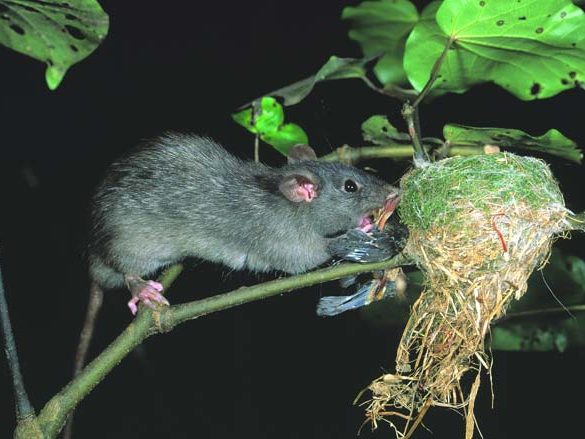
“Although there were higher capture rates of rats on dried rabbit than stoat bedding odours in the field trials, the fact that over one-third of rat captures were in traps containing stoat bedding lure indicates that this material is not highly repellent to rats. The results of the Coromandel trial indicate that it may even be a more effective lure than whole hen egg for rats.”
Of course, there’s still much work to be done, as the researchers explain.
“We need more in-depth trials measuring lure efficacy over shorter time frames than one month to determine how long the bedding odours remain attractive to the target animals. Field or laboratory assessment of age and sex of captured stoats would also add additional information on the breadth of lure attractiveness. More stable formulations may be required, for example, incorporating the odours into slow-release mechanisms. Alternatively, identification and synthesis of the active components may be required for adequate lure availability, and initial investigations have begun.”
“Eradicating stoats from New Zealand will be a significant challenge. Any single technique is likely to leave some survivors that avoid that technique, and multiple methods will be required. We believe that social lures are likely to be an important addition to the toolbox and will be particularly useful in situations where food is abundant (and food-based lures are therefore less effective) and/or where the density of conspecifics is low, and survivors are seeking mating opportunities.”
The full research report is published in the journal ‘Animals’ and is freely available online.
Body Odours as Lures for Stoats Mustela erminea: Captive and Field Trials (2022) ‘Animals’

